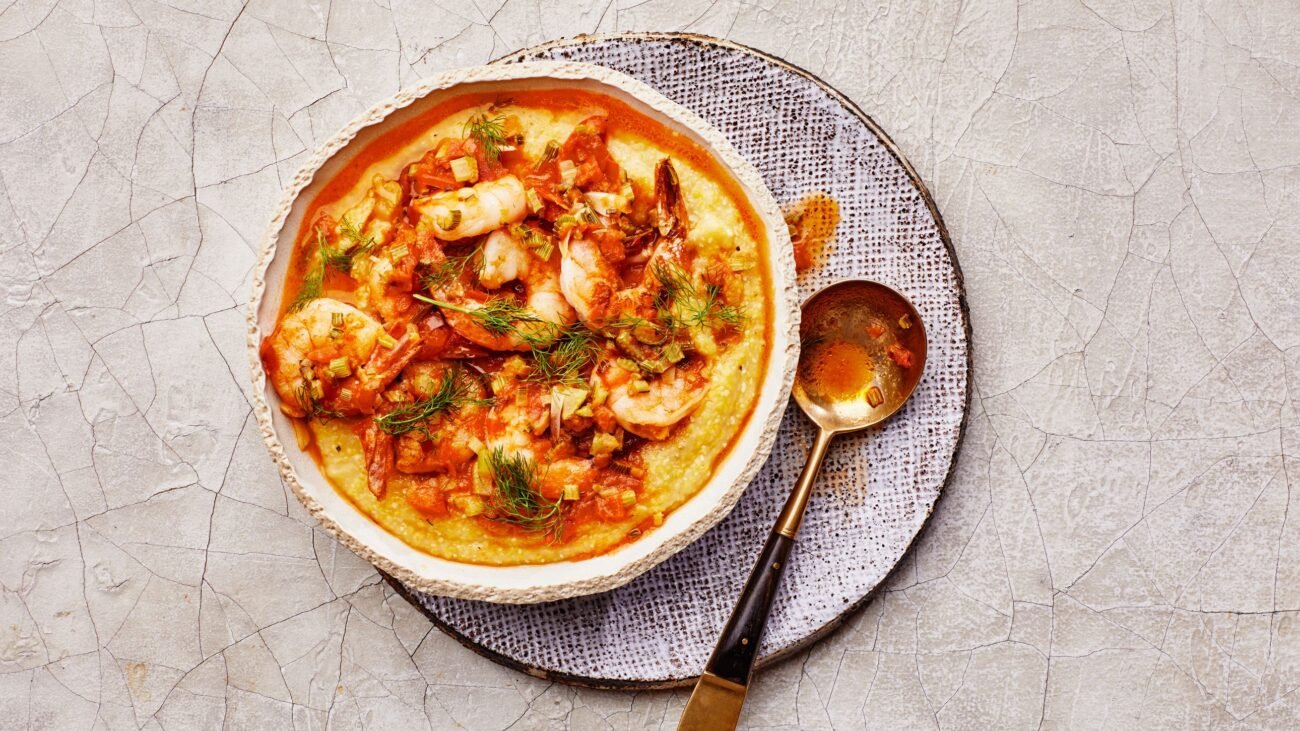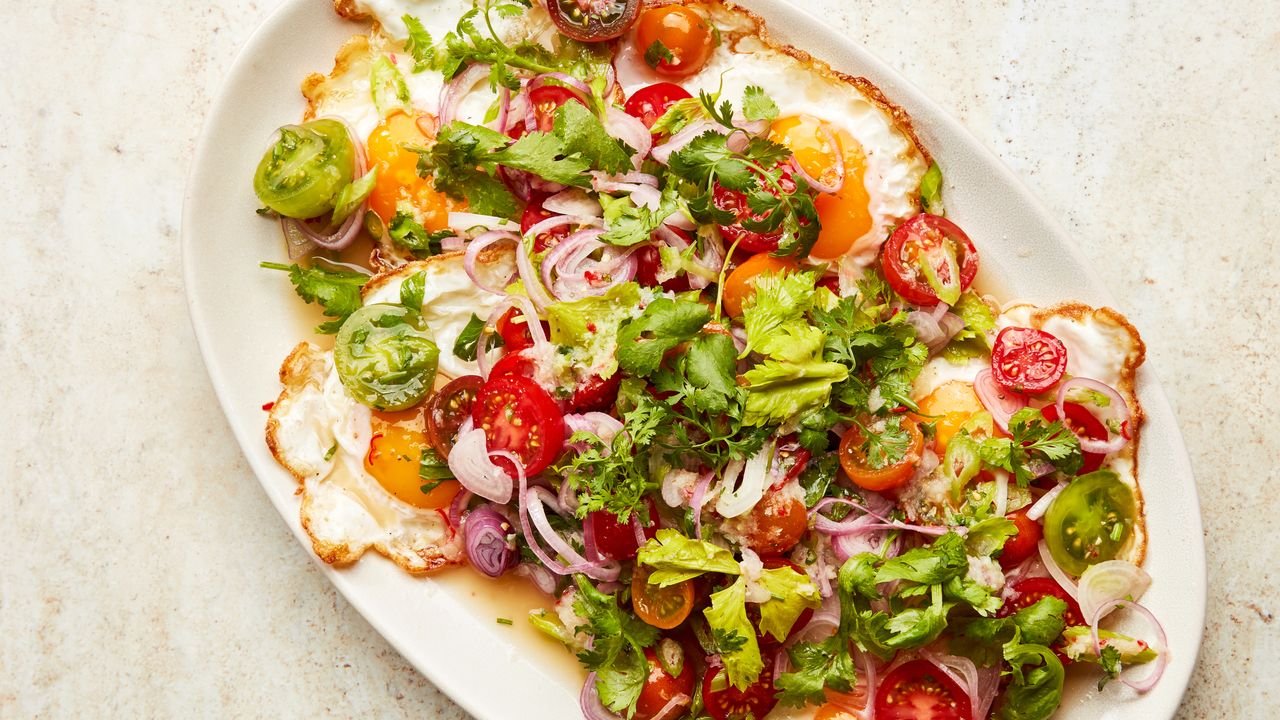Events
Ketchup on Spaghetti? You’ll Never Doubt It After Trying This Japanese Favorite

Why It Works
- Ketchup gives the pasta sauce a concentrated punch of tomato and a touch of sweetness, recreating the classic flavor of spaghetti Napolitan.
- Cooking the pasta to just shy of al dente and finishing it in the sauce ensures the noodles are well-coated.
Despite being named after the Italian city of Naples, spaghetti Napolitan—a dish of noodles and smoked sausages in a sweet, tangy ketchup-based sauce—is fully Japanese. A chef named Shigetada Irie reportedly invented the dish in 1945 at Yokohama’s Hotel New Grand, where it is still served today. However, the very first Napolitan was very different from the ketchup-based dish that’s popular throughout Japan today. Irie used canned tomato purée as the base of the sauce and added garlic, bacon, canned mushrooms, and chopped vegetables, such as bell peppers and mushrooms. The dish became wildly popular and soon spread to other restaurants; however, the high price and post–World War II scarcity of tomatoes meant that many chefs used ketchup in its place. That version stuck—and is the one that’s beloved and eaten throughout Japan today.
Serious Eats / Melati Citrawireja
Today, spaghetti Napolitan is often associated with kissaten, retro Japanese cafés known for their selection of comfort foods and strong brewed coffee. Inside many kissaten, you can see the blending of Western and Japanese elements in the décor, but this fusion is especially noticeable in the food. Kissaten are known for serving a variety of yoshoku dishes—Western-style Japanese food—including omurice, beef stew, and pizza toast.
Ketchup Is Key
In the US, ketchup is mainly viewed as a condiment. But in other parts of the world, including Japan, it’s a popular ingredient used to prepare many dishes. Ketchup is a key part of Ecuador’s citrusy ceviche de camarón, Filipino spaghetti sauce, and Japanese omurice, where the condiment’s sweet, concentrated tomato flavors shine. Spaghetti Napolitan is no exception.
Serious Eats / Melati Citrawireja
Here, I use ketchup the way I would if I were cooking with tomato paste. After sautéeing the smoked sausages, aromatics, and vegetables until they’re fragrant and tender, I add the ketchup, along with soy sauce and Worcestershire sauce, and cook the sauce until it darkens in color. As the sauce cooks, its flavors deepen: Soy sauce and tangy Worcestershire sauce provide a savory depth and help balance the sweetness of the ketchup. The result is a wonderfully salty-sweet accompaniment to the sausage, vegetables, and pasta.
Getting the Pasta Texture Right
As important as the sauce is to the final dish, it’s also crucial to get the cook on the pasta right. I recommend cooking your pasta until it’s almost al dente and then finishing it in the sauce, which ensures that each noodle is evenly coated without being overcooked. Like many cooks, I like to reserve some pasta water and incorporate it into the sauce to help it more easily cling to the noodles.
Don’t Forget the Toppings
In Japan, Napolitan comes in many forms—topped with a lacy, crispy-edged sunny–side–up egg, blanketed in a just-set omelet, or served on top of a sizzling iron plate. My favorite way to eat it is with a fried egg, because the runny yolk melts into the sauce, creating a rich blanket that clings to the pasta. But no matter the presentation, you can always count on there being the umami-packed shelf-stable grated Parmesan cheese (preferably Kraft) and a bottle of hot sauce (preferably Tabasco) on the side.
Ketchup on Spaghetti? You’ll Never Doubt It After Trying This Japanese Favorite
Cook Mode
(Keep screen awake)
-
Kosher salt
-
1/2 pound dried spaghetti (8 ounces; 226 g)
-
2 tablespoons (30 ml) extra-virgin olive oil
-
5 mini Japanese smoked sausages (3 1/2 ounces; 100 g), thinly sliced at an angle (about 1 cup sliced), see note
-
1/2 medium white or yellow onion (3 1/2 ounces; 100 g), thinly sliced cross-wise (about 1 cup sliced)
-
4 medium cloves garlic (2 g), minced
-
1/2 large green bell pepper (5 ounces; 141 g), thinly sliced cross-wise (about 1 cup)
-
1 cup sliced white button or baby portabello mushrooms (about 2 1/2 ounces; 70 g)
-
2/3 cup ketchup (about 6 3/4 ounces; 190 g)
-
2 teaspoons soy sauce
-
1 teaspoon Worcestershire sauce
-
1 tablespoon unsalted butter (1/2 ounce; 14 g)
-
1/4 teaspoon freshly ground black pepper
To Serve:
-
Fried eggs (optional)
-
Grated parmesan cheese, preferably Kraft
-
1 1/2 teaspoons finely chopped fresh parsley (optional)
-
Hot sauce, preferably Tabasco (optional)
-
In a large pot of salted boiling water, cook spaghetti until just shy of al dente, about 2 minutes less than package directions. Reserve 1/2 cup pasta cooking water, and using a colander, drain spaghetti.
Serious Eats / Melati Citrawireja
-
While pasta is cooking, make the sauce: In a large cast iron, carbon steel, or nonstick skillet or Dutch oven, heat oil over medium-high until shimmering. Add sausages and cook, stirring occasionally, until mostly brown on all sides, about 2 minutes.
Serious Eats / Melati Citrawireja
-
Add onion and garlic, and reduce heat to medium. Cook, stirring constantly, until onion and garlic are tender and fragrant, about 2 minutes. Add bell peppers, mushrooms, ketchup, soy sauce, and Worcestershire sauce. Cook, stirring frequently, until ketchup thickens and darkens slightly, about 3 minutes.
Serious Eats / Melati Citrawireja
-
Add reserved pasta water, butter, and black pepper. Using tongs, transfer spaghetti directly into simmering sauce. Cook, stirring constantly, until pasta is al dente and sauce has thickened so it coats noodles and isn’t watery, 2 to 3 minutes. Remove from heat. Divide among two to three bowls or plates, and top each portion with a fried egg (if using), cheese, parsley (if using), and hot sauce to taste.
Serious Eats / Melati Citrawireja
Note
If you can’t get mini Japanese smoked sausages, American-style mini smoked sausages, such as Lit’l Smokies. You can also use two regular hot dogs or extra-thick-cut bacon.






